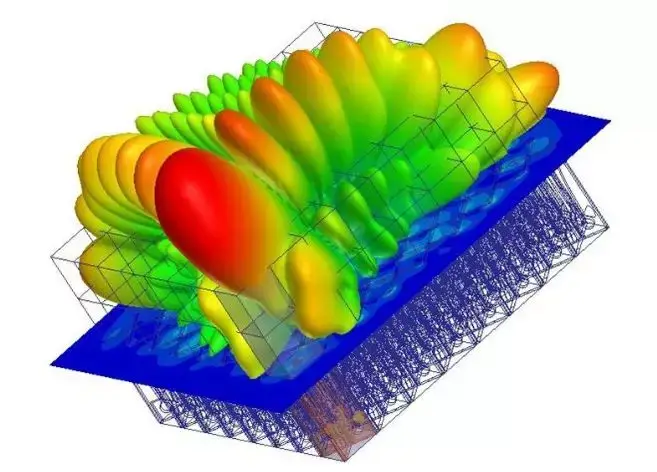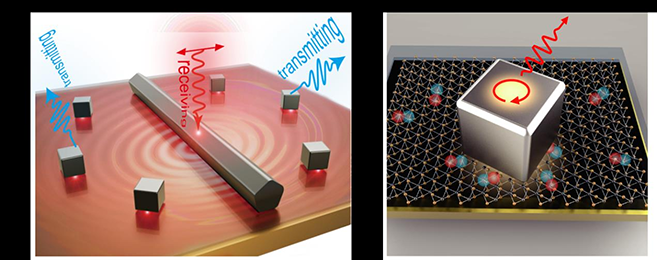Antennas play a crucial role in the process of wireless communication signals, acting as the medium to transmit information through space. The quality and performance of antennas directly shape the quality and efficiency of wireless communications. Impedance matching is an essential step in ensuring good communication performance. Additionally, antennas can be seen as a type of sensor, with functionality beyond simply receiving and transmitting signals. Antennas are able to convert electric energy into wireless communication signals, thereby achieving perception of electromagnetic waves and signals in the surrounding environment. Therefore, antenna design and optimization relates not only to the performance of communication systems, but also to the ability to perceive changes in the ambient environment. In the field of communication electronics, in order to fully leverage the role of antennas, engineers employ various impedance matching techniques to ensure effective coordination between the antenna and the surrounding circuit system. Such technical means are aimed at improving signal transmission efficiency, reducing energy loss, and ensuring optimal performance across different frequency ranges. As such, antennas are both a key element in wireless communication systems, and play an important role as sensors in perceiving and converting electric energy.

**The Concept of Antenna Matching**
Antenna impedance matching is the process of coordinating the impedance of the antenna with the output impedance of the signal source or input impedance of the receiving device, in order to achieve an optimal signal transmission state. For transmit antennas, impedance mismatches can lead to decreased transmit power, shortened transmission distance, and potential damage to antenna components. For receive antennas, impedance mismatches will lead to reduced receiving sensitivity, introduction of noise interference, and an impact on received signal quality.
**Transmission Line Method:**
Principle: Uses transmission line theory to achieve matching by altering the characteristic impedance of the transmission line.
Implementation: Using transmission lines, transformers and other components.
Disadvantage: The large number of components increases system complexity and power consumption.
**Capacitive Coupling Method:**
Principle: Impedance matching between the antenna and signal source/receiving device is achieved through a series capacitor.

Applicable Scope: Commonly used for low frequency and high frequency band antennas.
Considerations: Matching effect is influenced by capacitor selection, high frequencies may introduce more losses.
**Short-Circuit Method:**
Principle: Connecting a shorting component to the end of the antenna creates a match with the ground.
Characteristics: Simple to implement but poorer frequency response, not suitable for all types of mismatches.
**Transformer Method:**
Principle: Matching the impedance of the antenna and circuit by transforming with different transformer ratios.
Applicability: Particularly suitable for low frequency antennas.
Effect: Achieves impedance matching while also increasing signal amplitude and power, but introduces some loss.
**Chip Inductor Coupling Method:**
Principle: Chip inductors are used to achieve impedance matching in high frequency antennas, while also reducing noise interference.
Application: Commonly seen in high frequency applications like RFID.
Concept Microwave is a professional manufacturer of the 5G RF components for Antenna systems in China , including the RF lowpass filter , highpass filter , bandpass filter , notch filter/band stop filter , duplexer,Power divider and directional coupler . All of them can be customized according to your requrements .
Welcome to our web : www.concept-mw.com or mail us at: sales@concept-mw.com
Post time: Feb-29-2024
